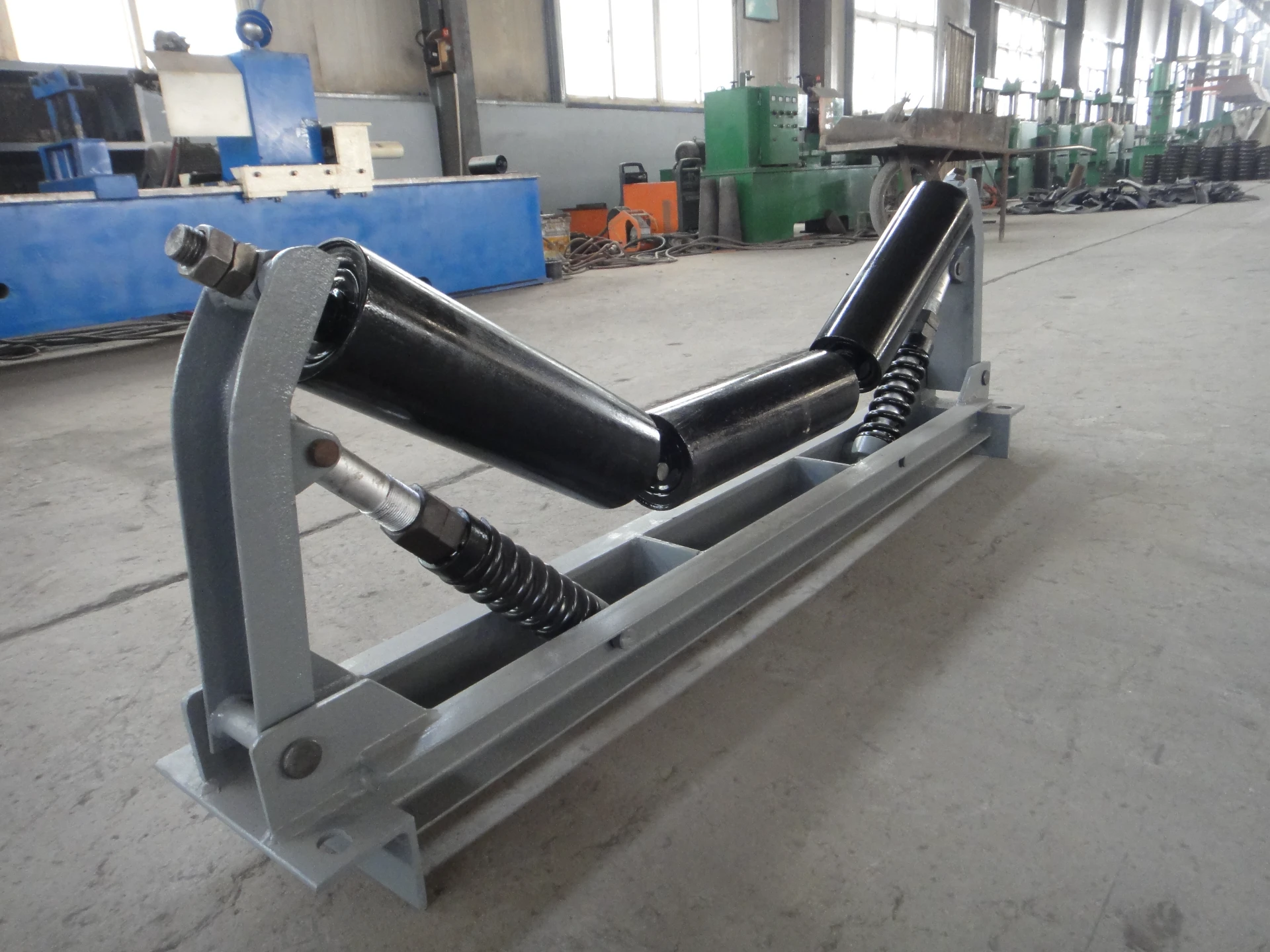 Afrikaans
Afrikaans  Albanian
Albanian  Amharic
Amharic  Arabic
Arabic  Armenian
Armenian  Azerbaijani
Azerbaijani  Basque
Basque  Belarusian
Belarusian  Bengali
Bengali  Bosnian
Bosnian  Bulgarian
Bulgarian  Catalan
Catalan  Cebuano
Cebuano  Corsican
Corsican  Croatian
Croatian  Czech
Czech  Danish
Danish  Dutch
Dutch  English
English  Esperanto
Esperanto  Estonian
Estonian  Finnish
Finnish  French
French  Frisian
Frisian  Galician
Galician  Georgian
Georgian  German
German  Greek
Greek  Gujarati
Gujarati  Haitian Creole
Haitian Creole  hausa
hausa  hawaiian
hawaiian  Hebrew
Hebrew  Hindi
Hindi  Miao
Miao  Hungarian
Hungarian  Icelandic
Icelandic  igbo
igbo  Indonesian
Indonesian  irish
irish  Italian
Italian  Japanese
Japanese  Javanese
Javanese  Kannada
Kannada  kazakh
kazakh  Khmer
Khmer  Rwandese
Rwandese  Korean
Korean  Kurdish
Kurdish  Kyrgyz
Kyrgyz  Lao
Lao  Latin
Latin  Latvian
Latvian  Lithuanian
Lithuanian  Luxembourgish
Luxembourgish  Macedonian
Macedonian  Malgashi
Malgashi  Malay
Malay  Malayalam
Malayalam  Maltese
Maltese  Maori
Maori  Marathi
Marathi  Mongolian
Mongolian  Myanmar
Myanmar  Nepali
Nepali  Norwegian
Norwegian  Norwegian
Norwegian  Occitan
Occitan  Pashto
Pashto  Persian
Persian  Polish
Polish  Portuguese
Portuguese  Punjabi
Punjabi  Romanian
Romanian  Russian
Russian  Samoan
Samoan  Scottish Gaelic
Scottish Gaelic  Serbian
Serbian  Sesotho
Sesotho  Shona
Shona  Sindhi
Sindhi  Sinhala
Sinhala  Slovak
Slovak  Slovenian
Slovenian  Somali
Somali  Spanish
Spanish  Sundanese
Sundanese  Swahili
Swahili  Swedish
Swedish  Tagalog
Tagalog  Tajik
Tajik  Tamil
Tamil  Tatar
Tatar  Telugu
Telugu  Thai
Thai  Turkish
Turkish  Turkmen
Turkmen  Ukrainian
Ukrainian  Urdu
Urdu  Uighur
Uighur  Uzbek
Uzbek  Vietnamese
Vietnamese  Welsh
Welsh  Bantu
Bantu  Yiddish
Yiddish  Yoruba
Yoruba  Zulu
Zulu roller conveyor parts
Understanding Roller Conveyor Parts
Roller conveyors are an integral part of modern material handling systems, creating efficient pathways for moving goods in warehouses, distribution centers, and manufacturing facilities. A roller conveyor consists of several components that work together to facilitate the seamless transportation of products. Understanding these parts is essential for effective maintenance, troubleshooting, and system optimization.
Key Components of Roller Conveyors
1. Rollers The most prominent feature of a roller conveyor, these cylindrical components facilitate the movement of goods. Rollers can be made from various materials, including steel, plastic, and rubber, and can be powered or gravity-driven. Their diameter, length, and material choice will depend on the applications, weight of the products being transported, and the desired speed of movement.
2. Frame The frame provides the structural support for the entire conveyor system. Typically made from steel or aluminum, it maintains the alignment and stability of the roller assembly. Depending on the design, frames can be straight or configured into curves, inclines, or declines to accommodate specific layouts within a facility.
3. Drive Mechanism In powered roller conveyors, the drive mechanism plays a crucial role in facilitating movement. This could include electric motors, belts, or chains that transfer power to the rollers. A properly sized and positioned drive mechanism ensures that products are transported smoothly without jams or irregularities.
4. End Stops End stops are critical for preventing items from rolling off the end of the conveyor. They can be adjustable to cater to various product sizes and shapes. These components are essential for maintaining efficiency and safety in the material handling process.
roller conveyor parts

5. Support Stands Support stands elevate the roller conveyor to the desired height for ease of operation and ergonomic benefits. They are adjustable to accommodate changes in the layout or modifications to the conveyor system. Properly spaced supports ensure stability and durability during operation.
6. Guards and Safety Features Safety is paramount in any material handling system. Roller conveyors often include guards to protect operators and prevent items from falling off the sides. Emergency stop buttons and other safety features should also be integrated to quickly halt operation in case of emergencies.
7. Roller Spacing The spacing between rollers is critical based on the types of products being transported. Close spacing can be beneficial for smaller items, while wider spacing is typically employed for larger loads. Proper roller spacing ensures efficient handling of materials without causing damage.
Maintenance of Roller Conveyor Parts
Regular maintenance of roller conveyor parts is essential for ensuring longevity and efficient operation. Regular inspection of rollers for wear and tear, checking alignment and tightness of the frame, and ensuring the drive mechanism functions properly are critical maintenance tasks. Lubricating moving parts and replacing any worn components promptly can prevent costly downtimes and improve overall efficiency.
Conclusion
In conclusion, understanding roller conveyor parts is vital for anyone involved in material handling. Each component, from rollers to support stands, plays a significant role in the system's overall performance. By investing in quality components and practicing regular maintenance, businesses can ensure that their roller conveyor systems operate smoothly and efficiently, ultimately contributing to a more productive and organized operation.
-
Revolutionizing Conveyor Reliability with Advanced Rubber Lagging PulleysNewsJul.22,2025
-
Powering Precision and Durability with Expert Manufacturers of Conveyor ComponentsNewsJul.22,2025
-
Optimizing Conveyor Systems with Advanced Conveyor AccessoriesNewsJul.22,2025
-
Maximize Conveyor Efficiency with Quality Conveyor Idler PulleysNewsJul.22,2025
-
Future-Proof Your Conveyor System with High-Performance Polyurethane RollerNewsJul.22,2025
-
Driving Efficiency Forward with Quality Idlers and RollersNewsJul.22,2025





























